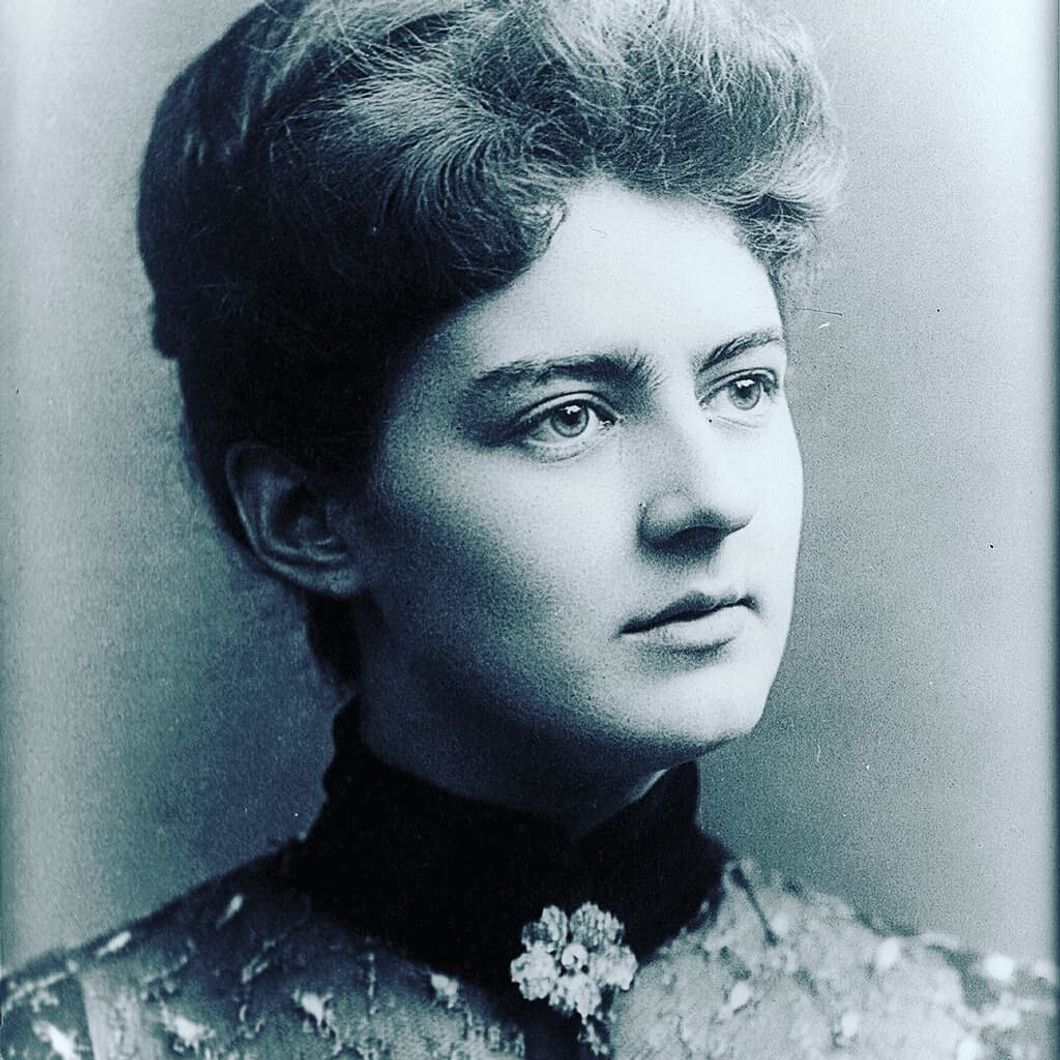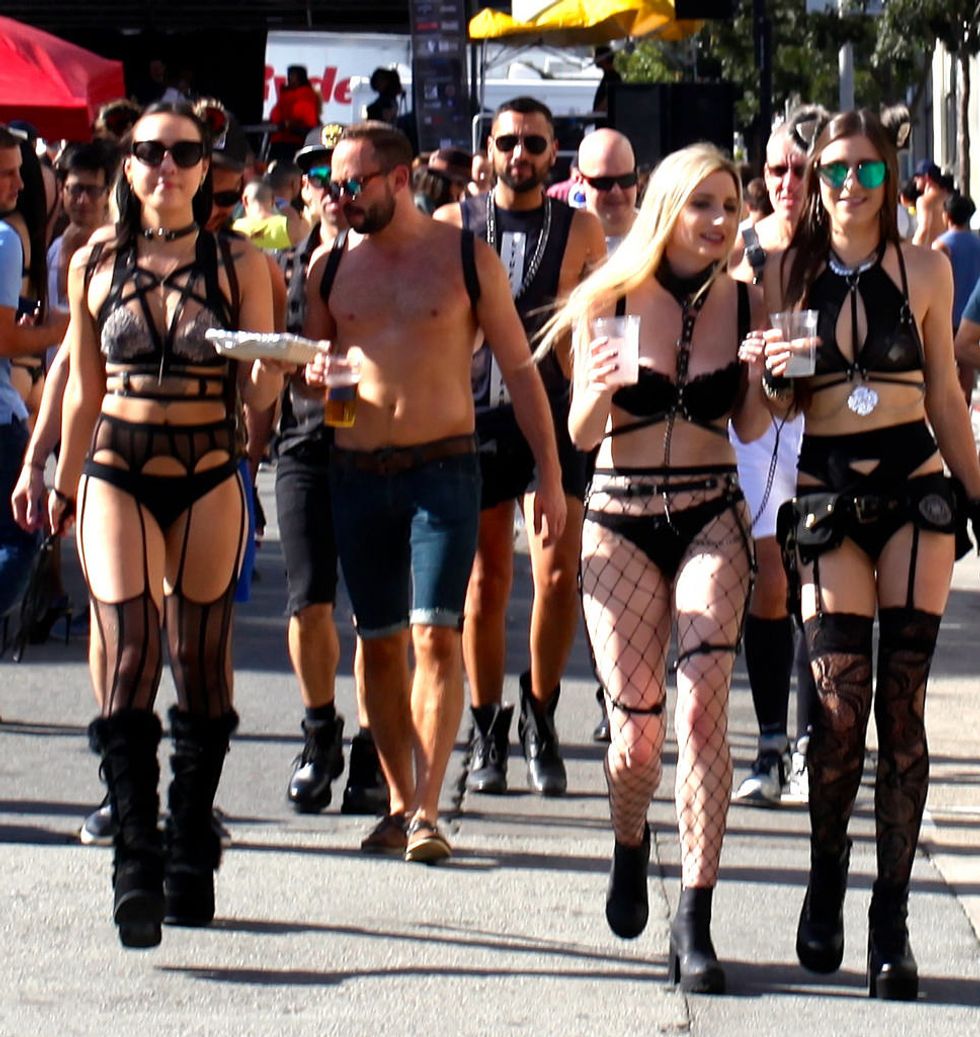Frances Cleveland Was The Youngest First Lady And One Of The Most Ineffective
She married President Cleveland in the White House on June 2, 1886 - she was 21 years old and he was 49.
Frances Folsom Cleveland was the wife of Grover Cleveland, the 22nd and 24th President of the United States. She was affectionately known by family and friends as "Frank." Frank is the youngest first lady. She married President Cleveland in the White House on June 2, 1886, she was 21 years old and he was 49. She was the "Jacki Kennedy" of the late 1880's, as the press hounded her in the same manner. Like Jacki, Frank was a fashion icon. Every detail of her fashion-sense, manner, and image was copied and admired by the women of the United States.
President Cleveland and Frank's father, Oscar Folsom, were partners in a law firm, when Oscar met his untimely death in a carriage accident, two days after Frank's eleventh birthday. The President was expected to become the guardian to Frank, yet he declined and left Mrs. Folsom to manage Frank's childcare on her own. It has been written that President Cleveland knew from the beginning he was going to marry Frank and did little or no courting before asking for her hand in marriage.
Most of the sites, articles, and books I reviewed suggest, President Cleveland held Frank in his arms when she was a newborn and bought her baby carriages. After her father's passing the President was involved in Frank's education, and it has been printed this is what the President told the media "he was waiting for his bride to grow up."
The President always had an interest in Frank and asked her mother for permission to write to Frank while away at college. He wrote to her regularly and sent her fresh flowers for her room weekly. Frank was a popular student, yet she never had a boyfriend or male companion during her this time. She confided in close friends that the correspondences and flowers from the President. She gave most the impression he was a father figure and not a man pursuing her for marriage.
However, Frank graduated from Wells College on June 20, 1885, and during the summer with her family in Scranton, the President proposed to Frank in a letter and her responding letter accepted his proposal. The family agreed to keep the engagement quiet and Frank traveled to Europe the following spring with her mother and cousin to avoid the press as well as learn about aristocratic cultures and protocol of the United States allies. There were speculations printed that President Cleveland paid for the retreat for Frank to purchase her trousseau, but mostly the press speculated that the President was going to marry Frank's mother, Emma Folsom. The President took extensive measures to keep Frank a secret until the day of their wedding and sent private hand-written invitation to his family, friends, and cabinet members.
The Women's Suffrage Movement was in at its peak during President Cleveland's first term in office. However, he was an avid believer that a woman's place was in the home. In the book, Frank: The Story of Frances Folsom Cleveland, America's Youngest First Lady, by Annette B. Dunlap, she quoted: "In a letter Grover wrote to his sister, Mary, regarding his relationship regarding his bride to be, "I have my heart set upon making Frank a sensible, domestic American wife, and I would be please not hear her spoken of as "The First Lady of the Land," or "The Mistress of the White House." I want her to be happy and to possess all she can reasonably desire, but I should feel very much afflicted if she lets many notions in her head." This sets the tone for Frank's future with her soon to be husband."
Not long after they married, the President purchased a 27-acre working farm in the Georgetown Heights, for the privacy he demanded. Frank spent most of the year living on the farm, returning to the White House twice a year during the "social season", from November through December, and March through April.
Yet, Frank was not opposed to the media and the crowds of people that wanted to meet her. When at the White House, Frank allowed a parade of visitors to come through and she greeted each. In addition, she held receptions on Saturday mornings for working-class women who were unable to visit the White House during the weekdays. She prided herself as a devoted housewife and hostess.
Frank image was so famous during that time, it was used by many companies to sell women's personal needs and other household things. It became so widespread that one Democratic Congressman attempted to pass a bill in Congress that would halt the use of any woman's image for commercial purposes without her written permission. When the bill failed to even come up for a vote in the House, the exploitation the First Lady's image was uncontrollable.
This enraged President Cleveland, and his dislike for the media grew. He held the press in contempt throughout his two terms, there were many occasions he spent before a speech scolding them for their intrusion in his family's life. Even though he did this, he also allowed the Democratic Party to use his wife's image for campaigning as she was the most popular woman of that era.
This is part 1 of a 2-part article. Part 2 will cover Frank's life as the First Lady and beyond.





 Skin Skin Skin!!!
Skin Skin Skin!!!




















